Located 40 km from Berlin is Potsdam – a small and charming town with palaces with huge gardens and picturesque areas with parks and lakes. A large part of the city is today a UNESCO World Heritage Site.
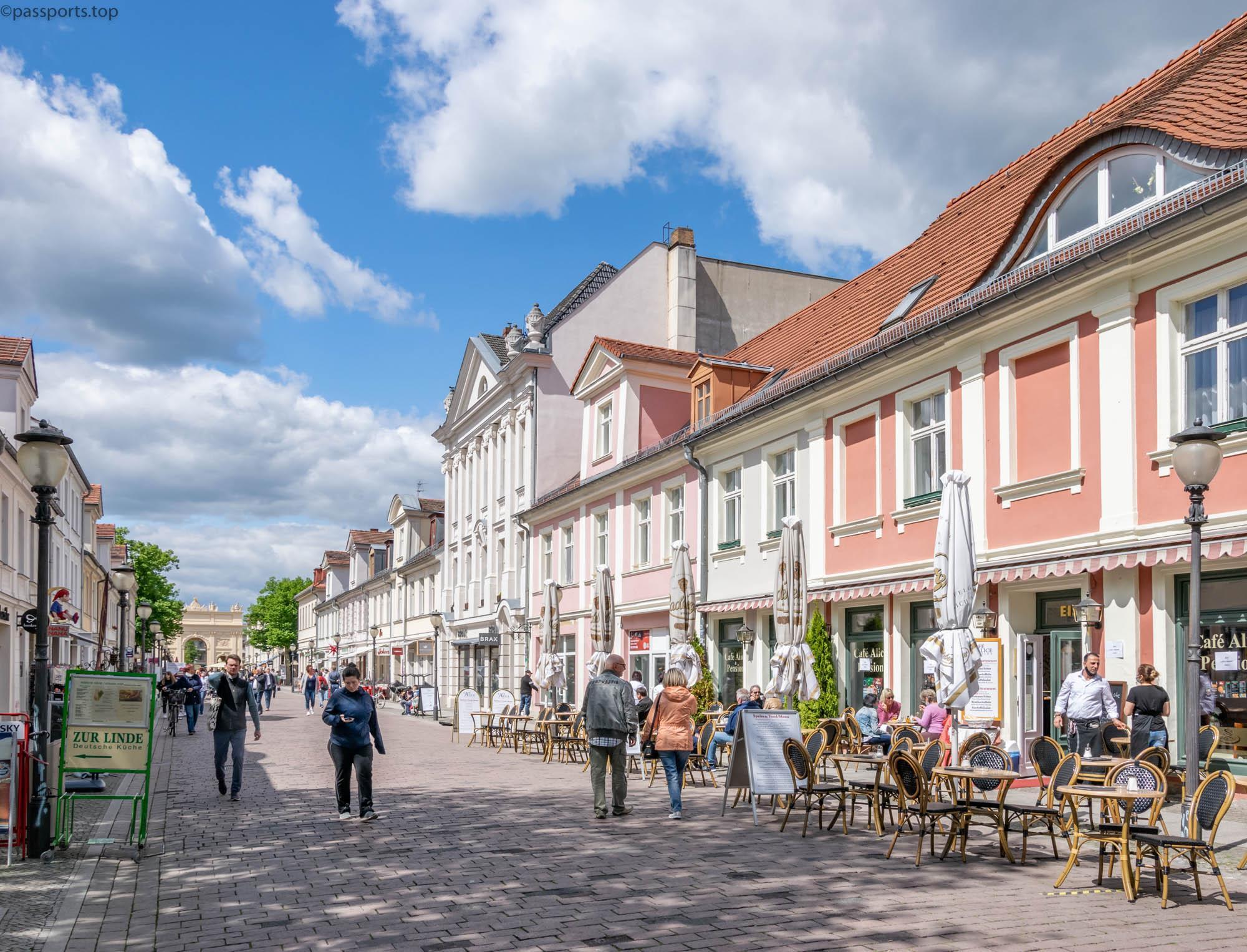
We decided to do a day trip, leaving Berlin on the RE1 train (alternatively, you can take the S7 from Hauptbahnhof or Alexanderplatz). The trip takes around 30-40 minutes and I recommend getting a one-day ticket (price: €9.6/person) for the ABC areas, which includes both Berlin and Potsdam, with the possibility to walk around both cities without buying any other tickets.
Below I leave you some of the sights that delighted us and that we managed to visit in one day.
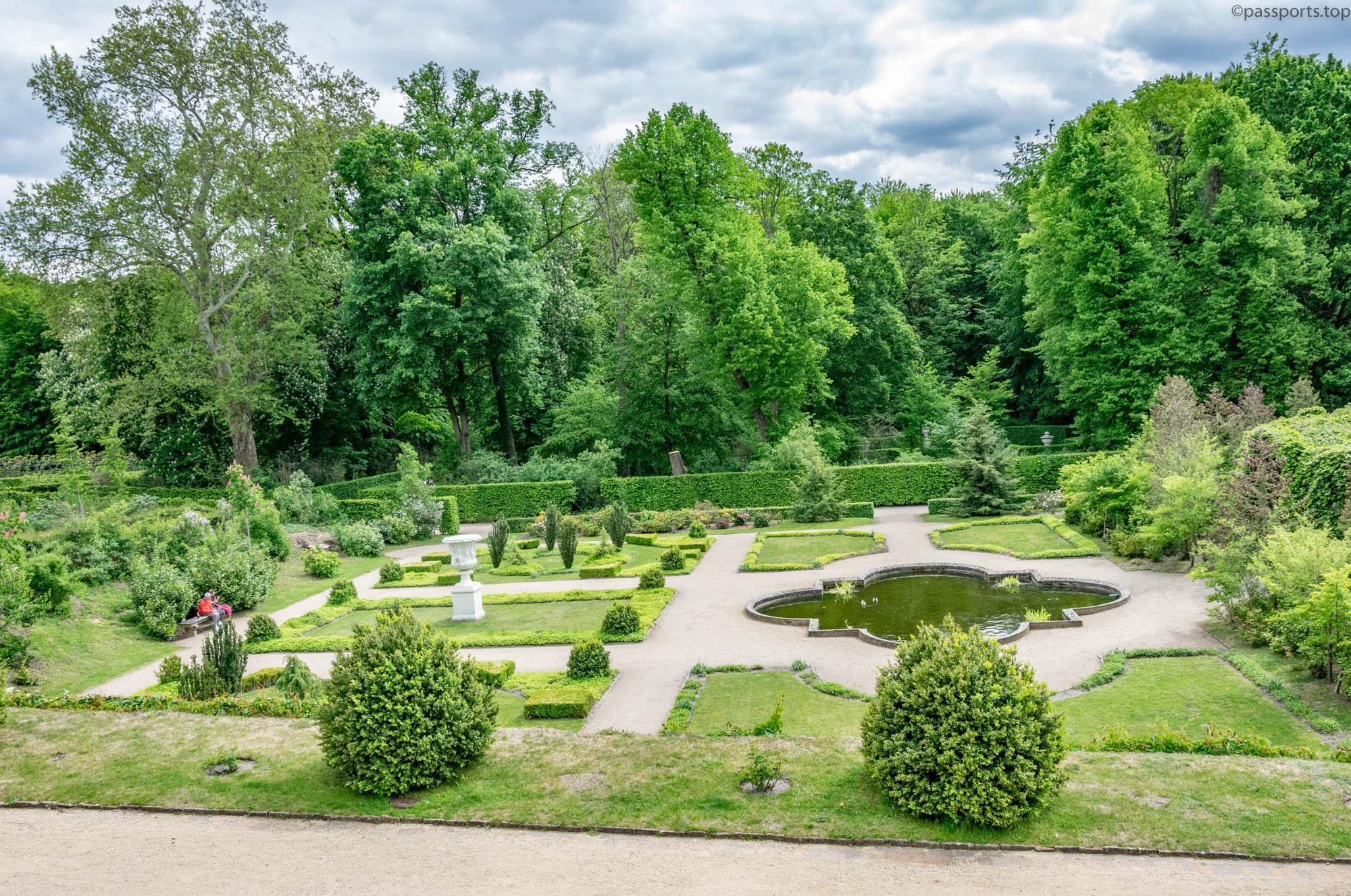
Sanssouci Park and Palace. The oldest part of the park dates back to 1744, and together with the palaces and the rest of the buildings form an impressive architectural ensemble. Unfortunately, we didn’t have much time and we only managed to visit the Orangery, the Mill and a small part of the park.
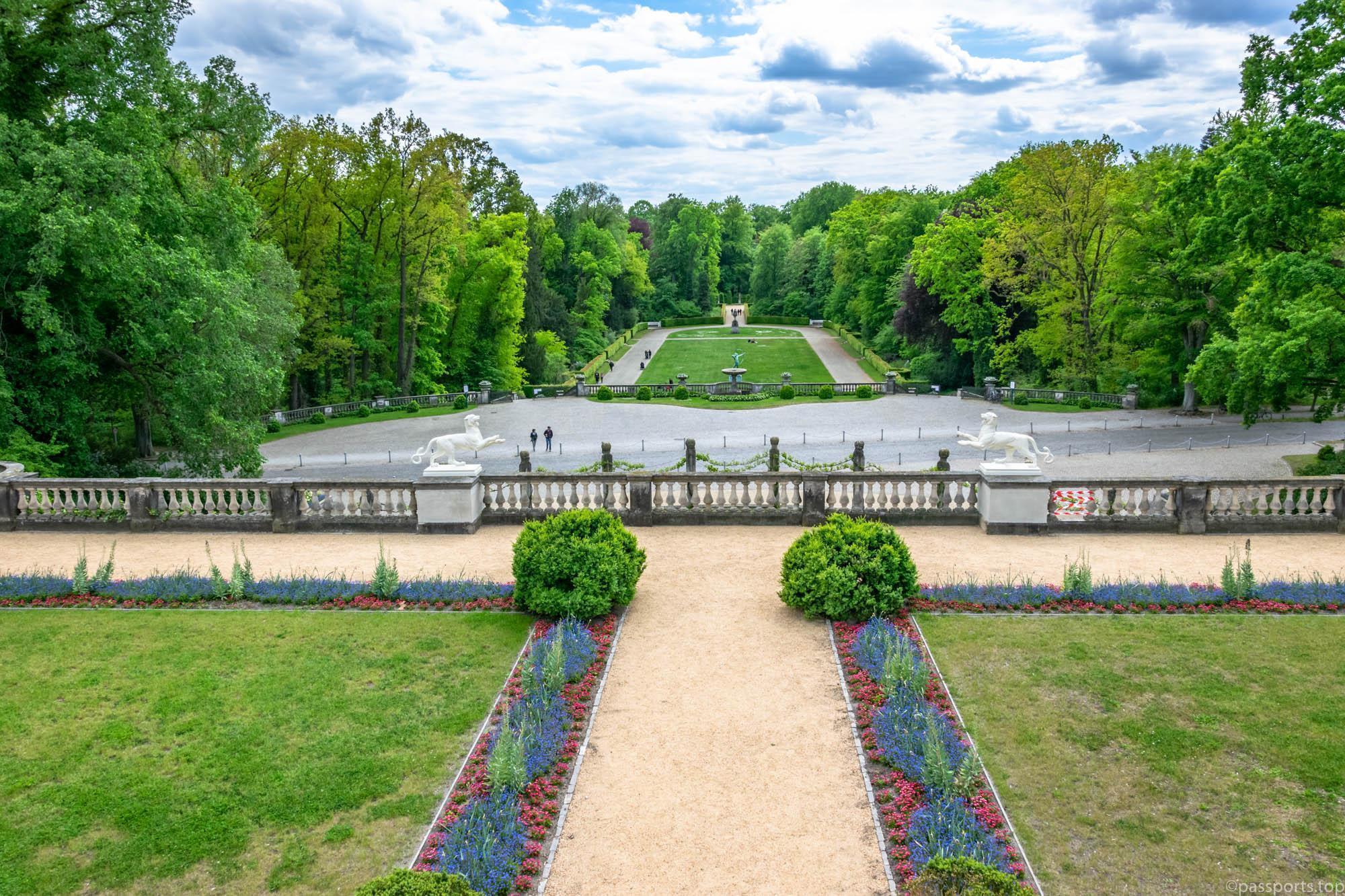
You need about half a day or even a full day if you want to get lost in the 287 hectares of gardens and visit all the palaces and buildings. The price varies depending on the palace visited, and tickets can also be purchased online from the official website. A combined ticket costs €19/person.
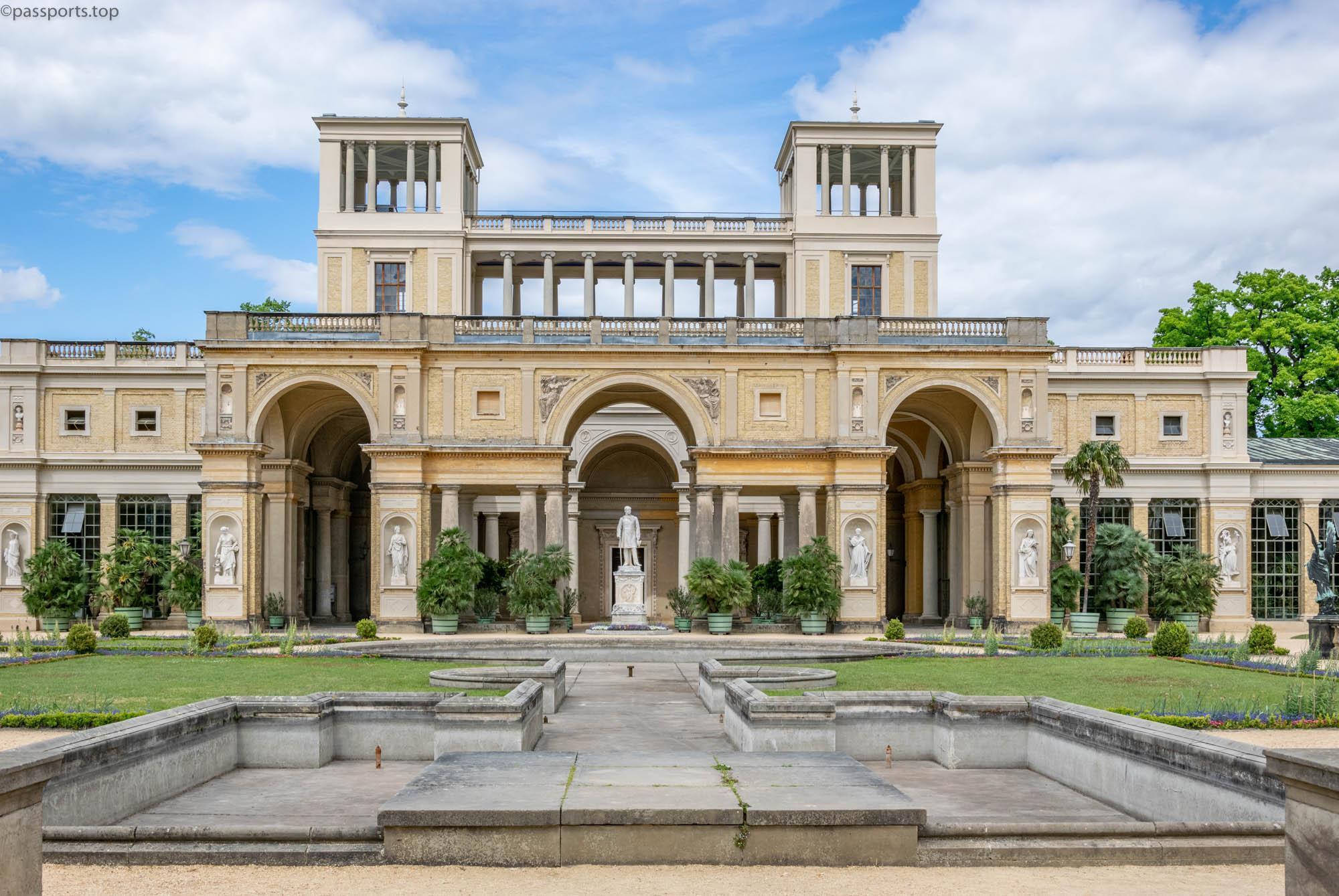
The Orangery (Orangerieschloss) is 300 meters long, making it the longest building in Sanssouci Park. The imposing structure was erected between 1851 and 1864 and housed royal apartments, function rooms and servants’ quarters. Today it mostly serves as a place to store plants during the winter.
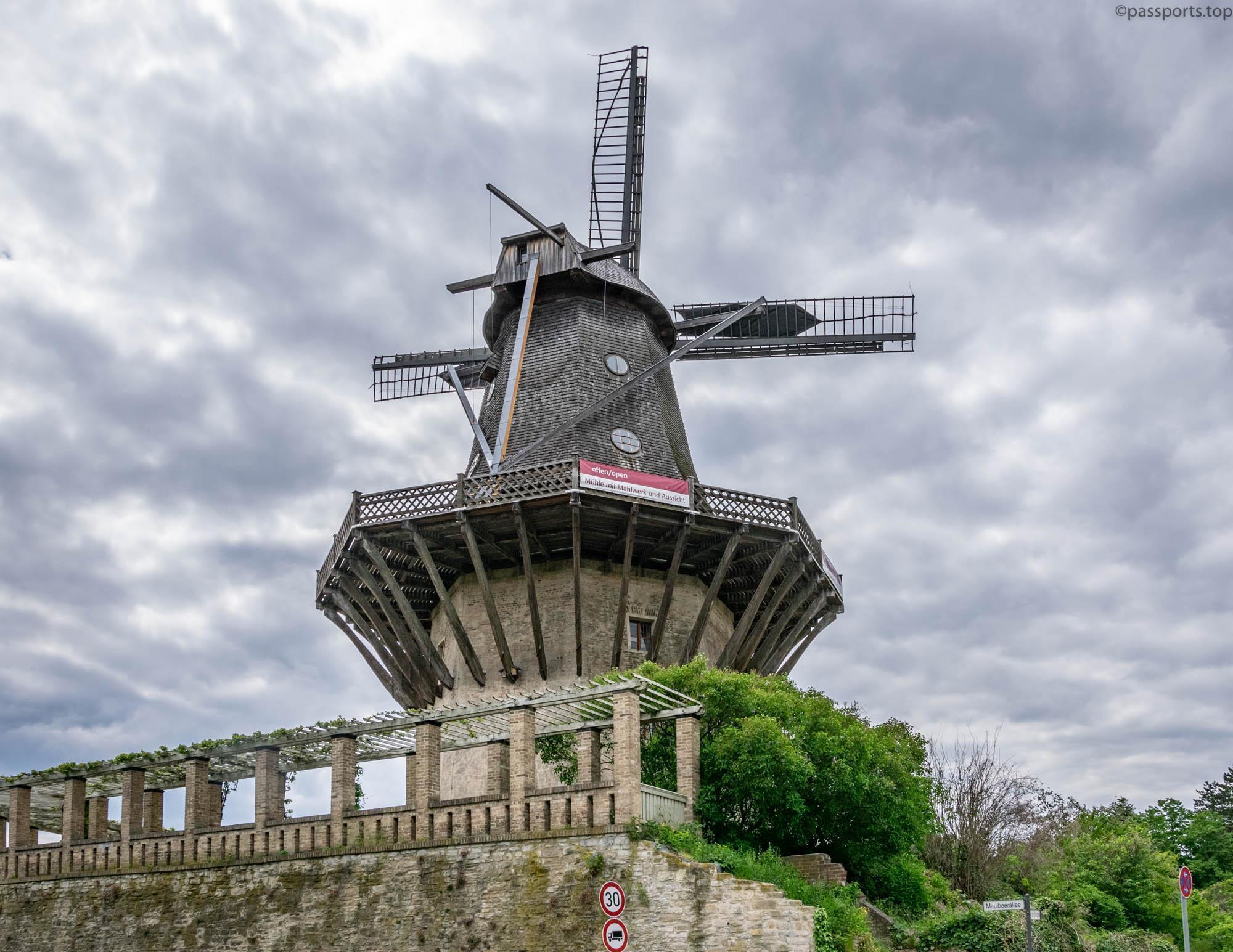
The windmill (Historische Mühle) of Sanssouc Palace is among the most famous windmills in Germany. The first windmill dating from 1738 had to be torn down due to its state of disrepair, and the mill it replaced was largely destroyed during World War II. In 1993 it was rebuilt, and today it awaits its visitors with an interesting exhibition about the history of the mill and wheat processing. In the museum shop you can buy baked bread made from Sanssouci flour.
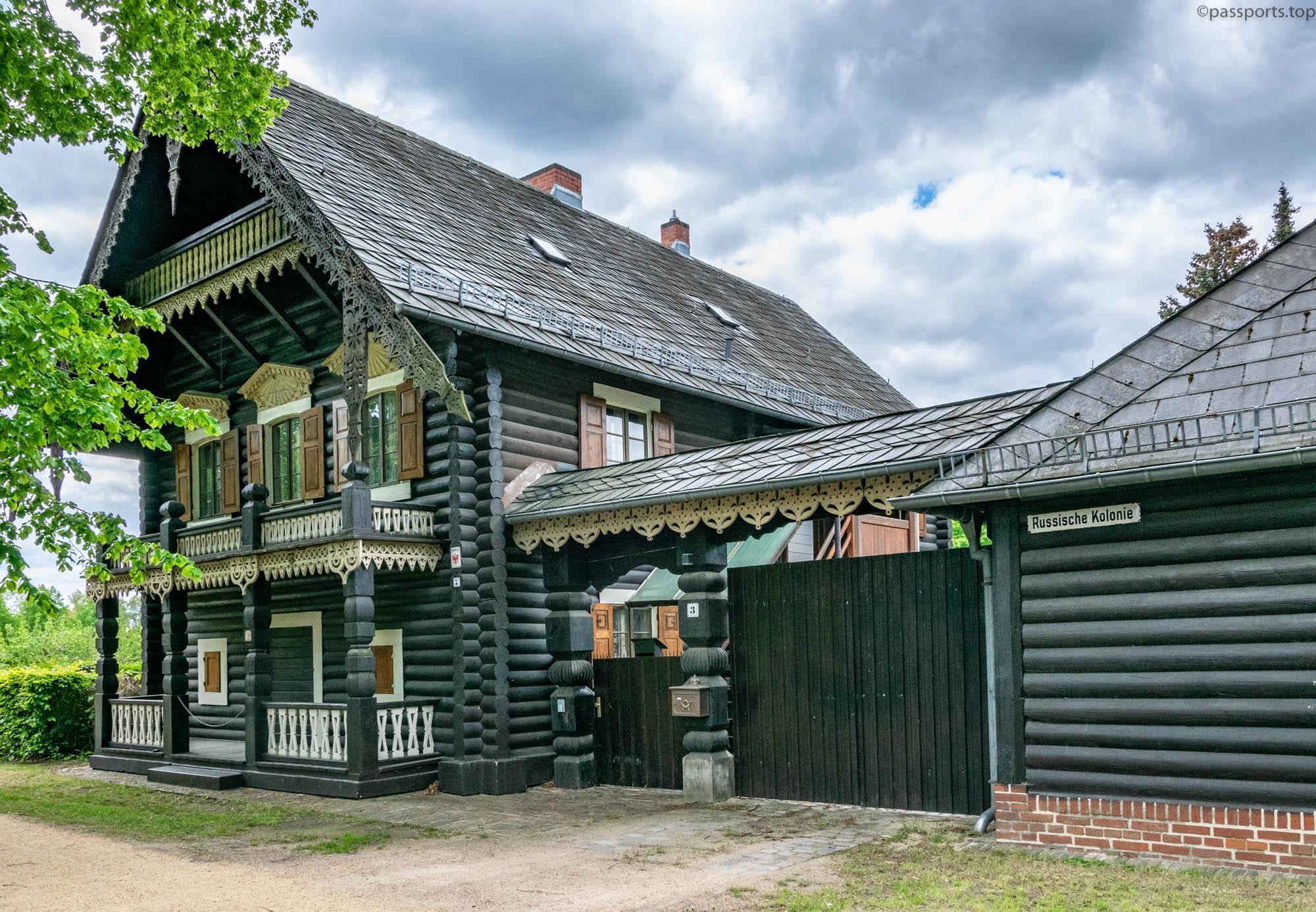
The Russian Colony (Russische Kolonie) was founded between 1826 and 1927 at the request of Friedrich Wilhelm III in memory of his friend Tsar Alexander I. The wooden houses built in the Russian style are today part of the world cultural heritage and house a museum (Museum Alexandrowka; ticket price €3.5/person), a restaurant with Russian specifics and a chapel (Alexander Nevsky Chapel).
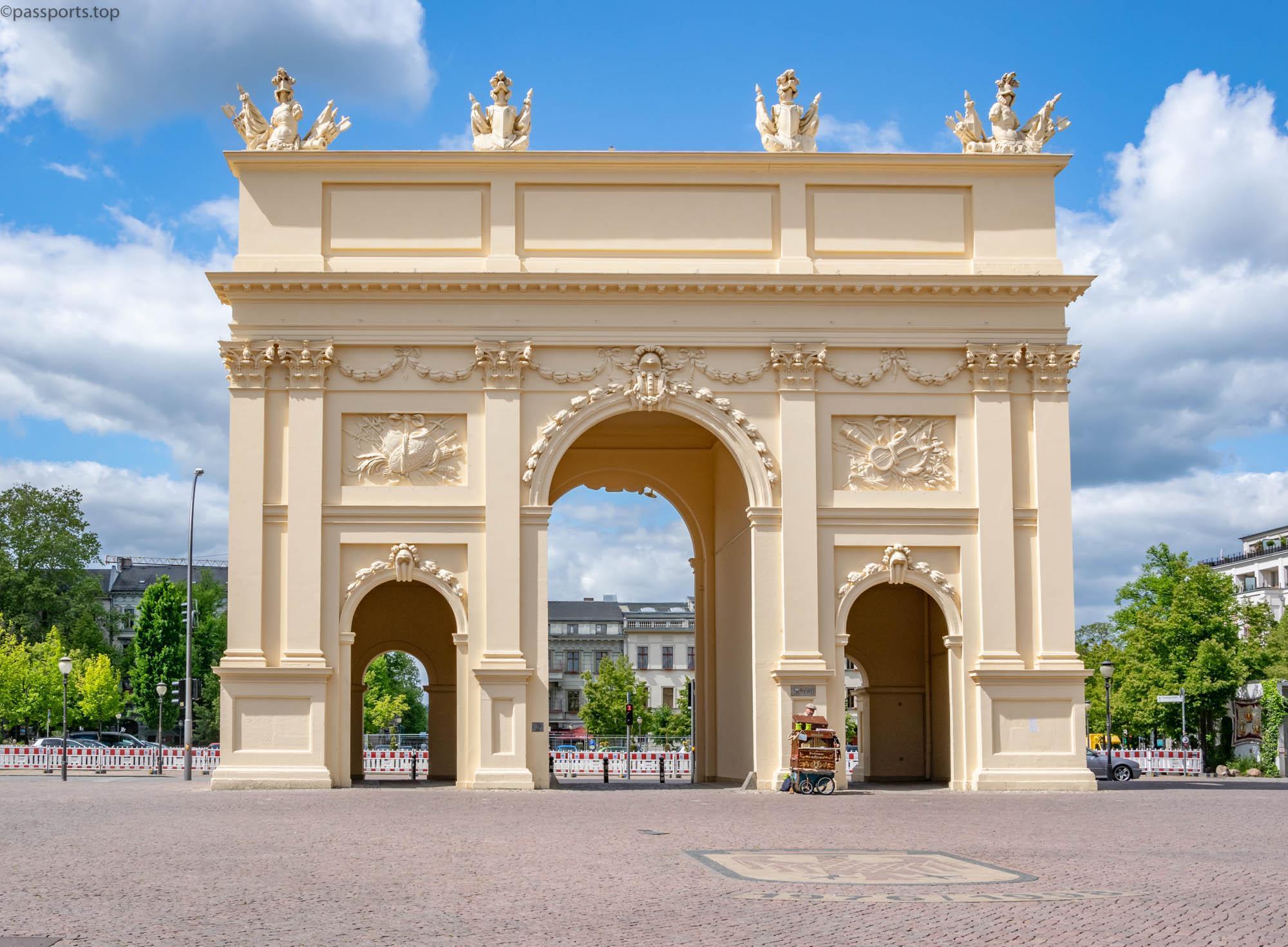
The Brandenburg Gate in Potsdam is 18 years older than the famous Brandenburg Gate in Berlin. The reason they were named identically is that the roads leading from both gates used to lead to the city of Brandenburg. The gate was erected in 1770 on the orders of Frederick II (Frederick the Great), after the end of the Seven Years’ War, being one of the winners of the war.
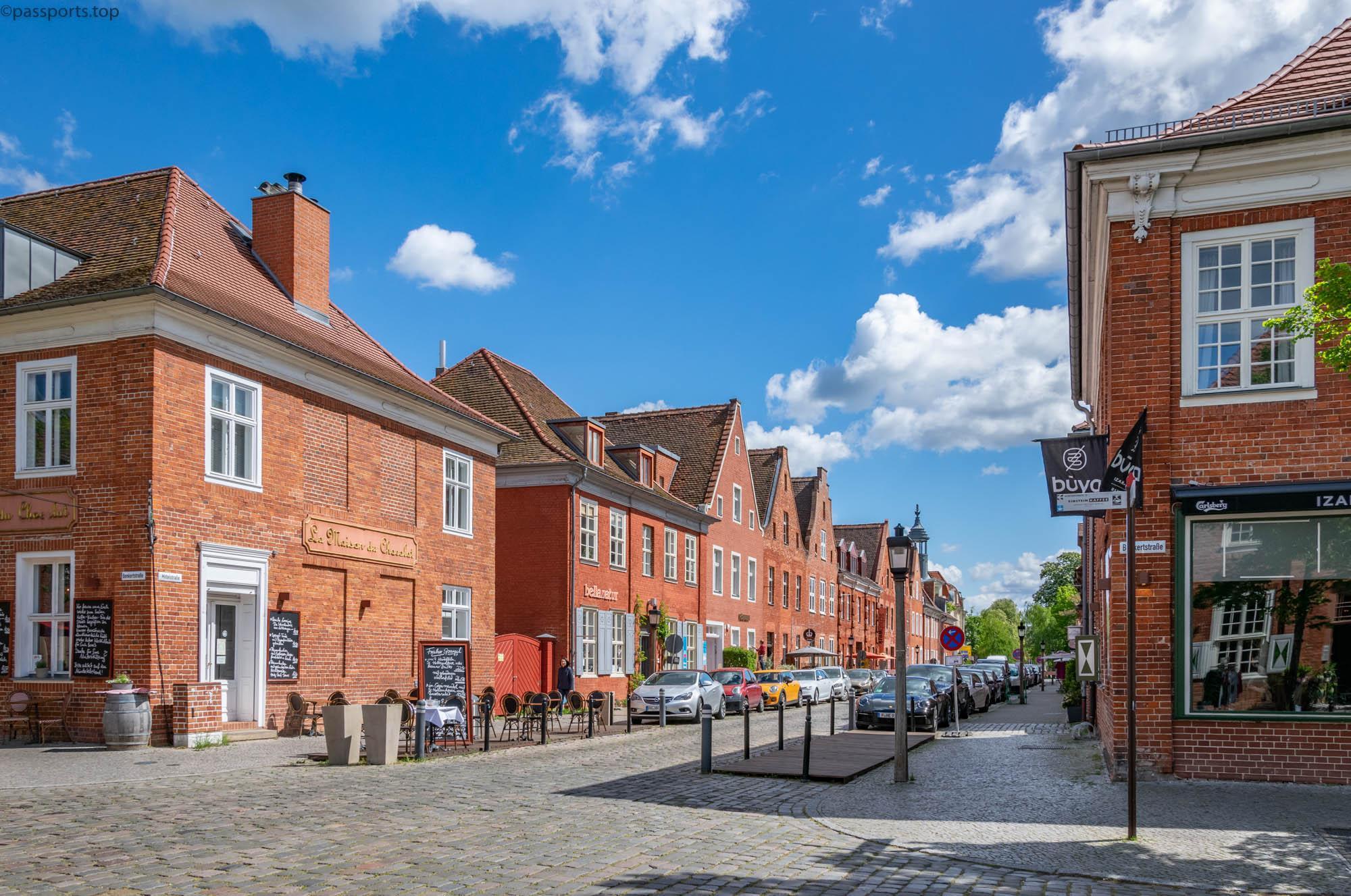
The Dutch Quarter. During Potsdam’s expansion between 1733 and 1742, an entire district of 134 buildings was built of red brick in the Dutch style. The quarter (Holländisches Viertel) is a testament to Frederick William I of Prussia’s love of Dutch culture and desire to attract Dutch artisans and engineers to Potsdam, as they were renowned for their technical knowledge.
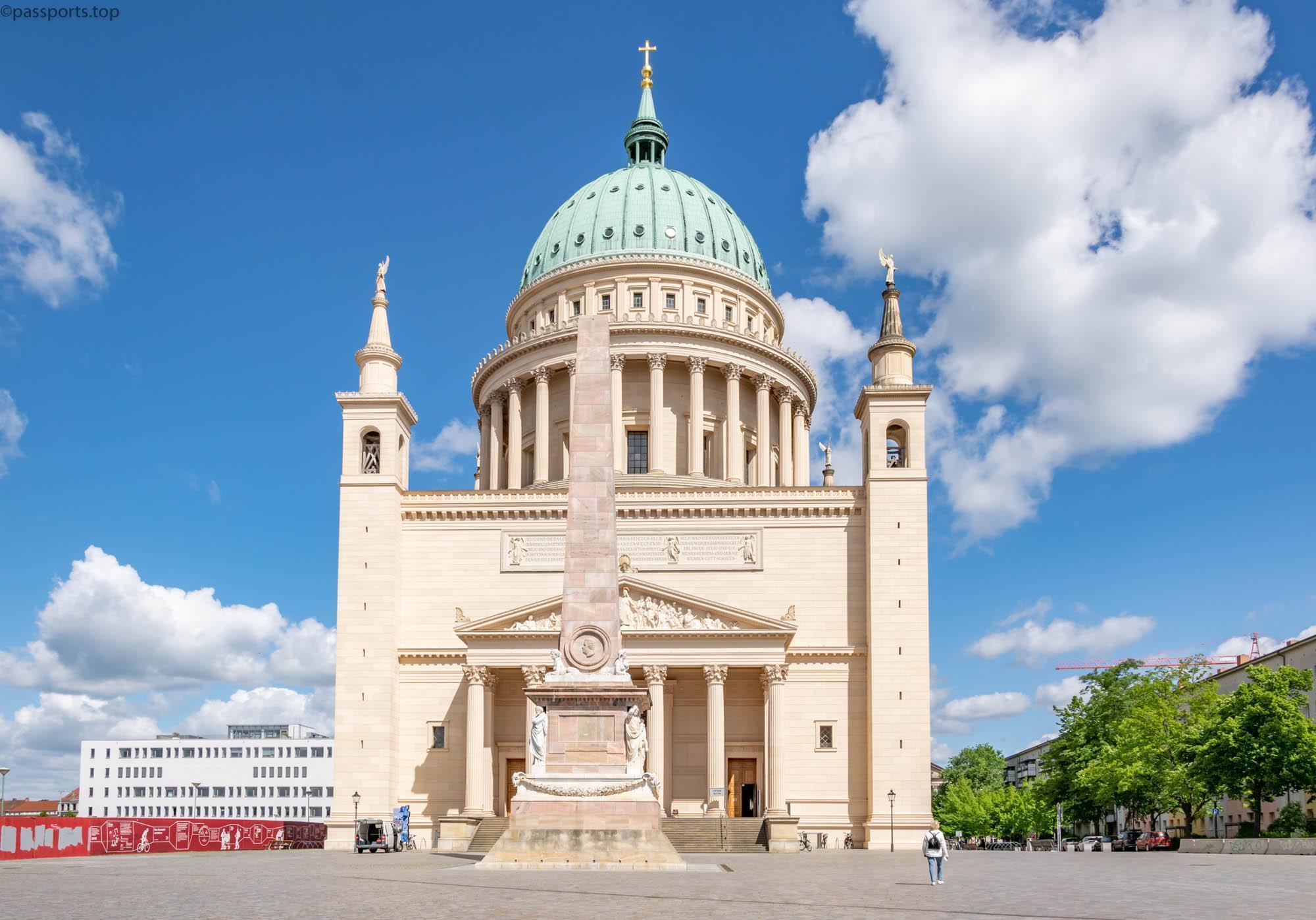
The Church of Saint Nicholas (St. Nikolaikirche) in the Alter Markt is the most remarkable building in Potsdam. Towards the end of World War II, the church was hit during a British air raid and was subsequently badly damaged by Soviet artillery fire. After many years of reconstruction, the church was re-consecrated in 1981 by the St. Nicholas Evangelical Parish, today being open to visitors.
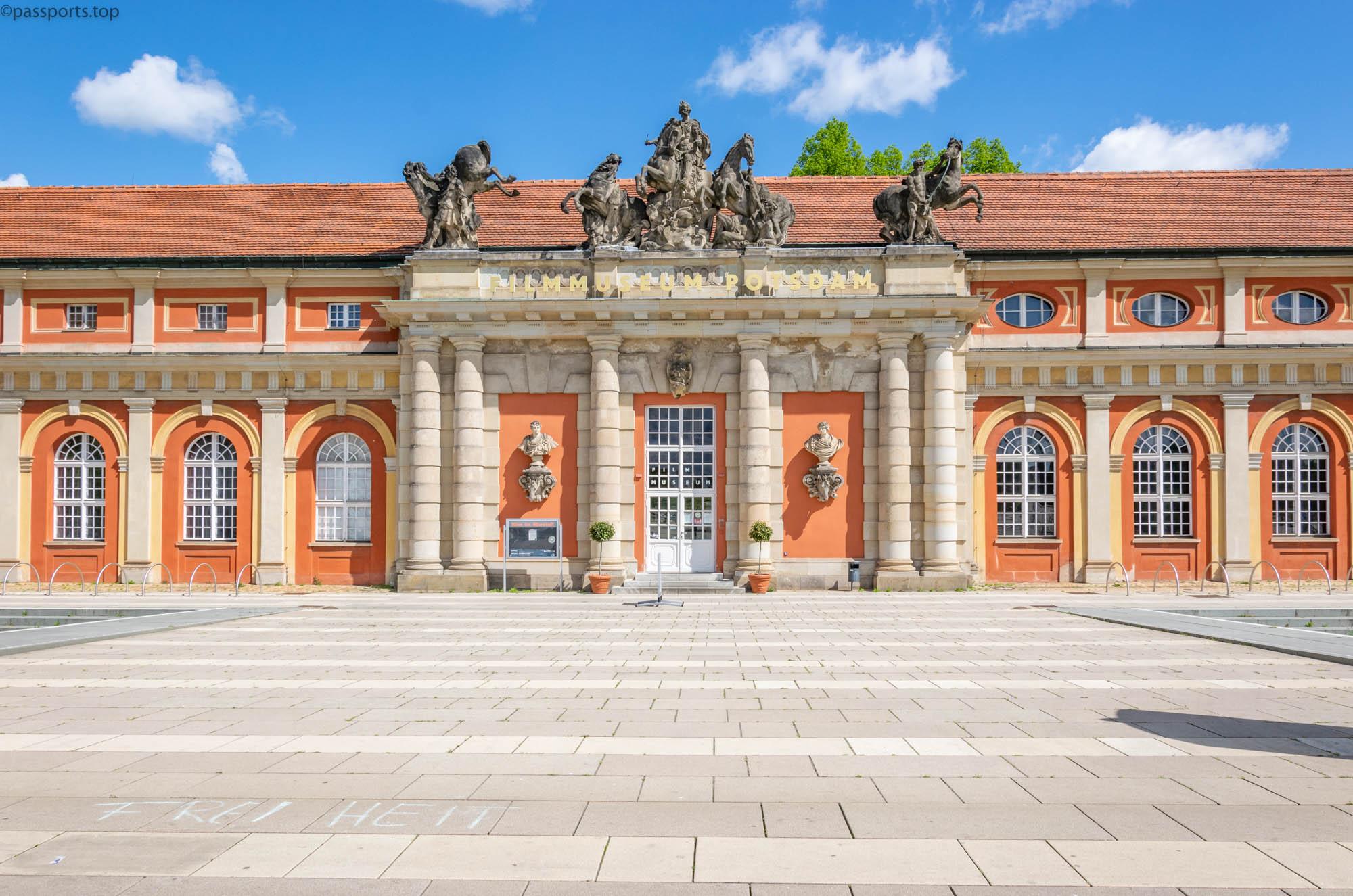
The Filmmuseum is the oldest film museum in Germany, housed in a beautiful baroque building. The permanent exhibition “Dream factory – 100 years of film in Babelsberg” shows the long history of the Babelsberg film studios, one of the oldest film studios in the world, producing films since 1912. The price of a ticket is €5/person.
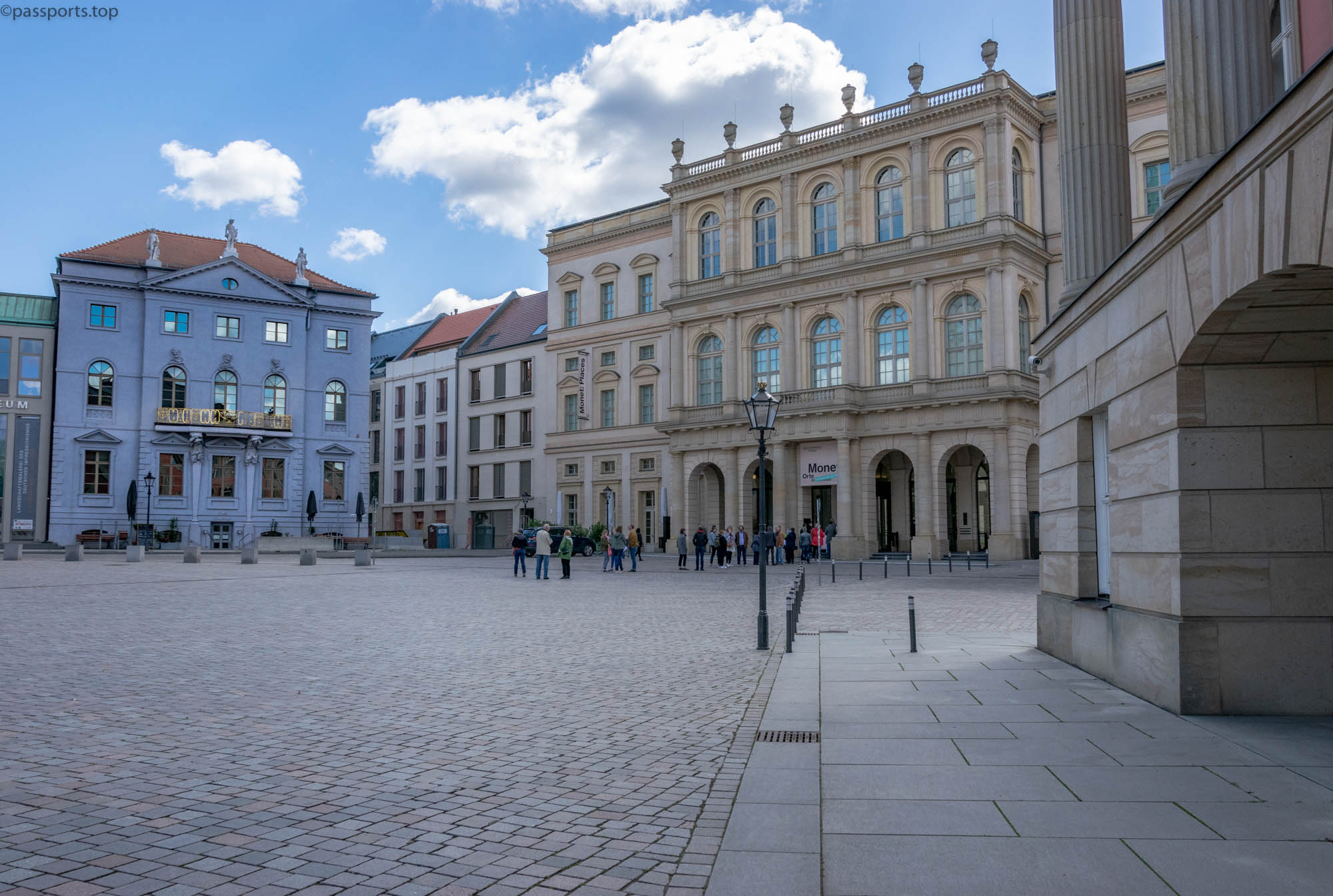
The Barberini Museum opened in 2017 to present temporary art exhibitions from private collections and loans from other international museums. The three-story building houses several exhibition halls, an event hall, a cafe and an area for conducting educational programs in the basement. To find out what exhibitions are taking place, visit the museum’s official website. The price of a ticket is 14€/person.
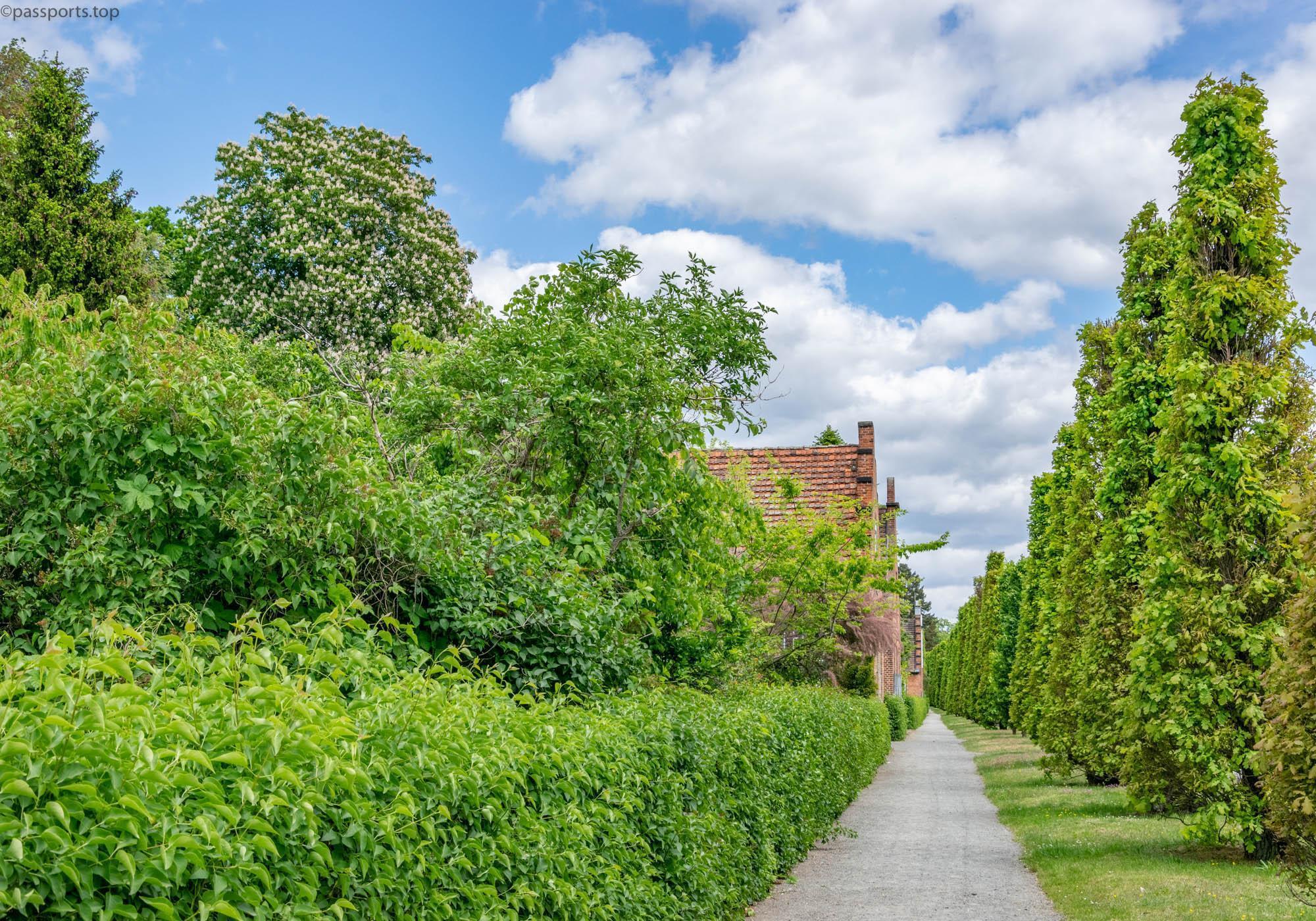
Cecilienhof (Museum Schloss Cecilienhof) was built in the style of an English manor house, from traditional materials such as wood and brick, in the period 1913-1917. Architect Paul Schultze-Naumburg grouped the 176 rooms into individual building components in several courtyards on the 102-hectare park area known as the Neuer Garten (New Garden).
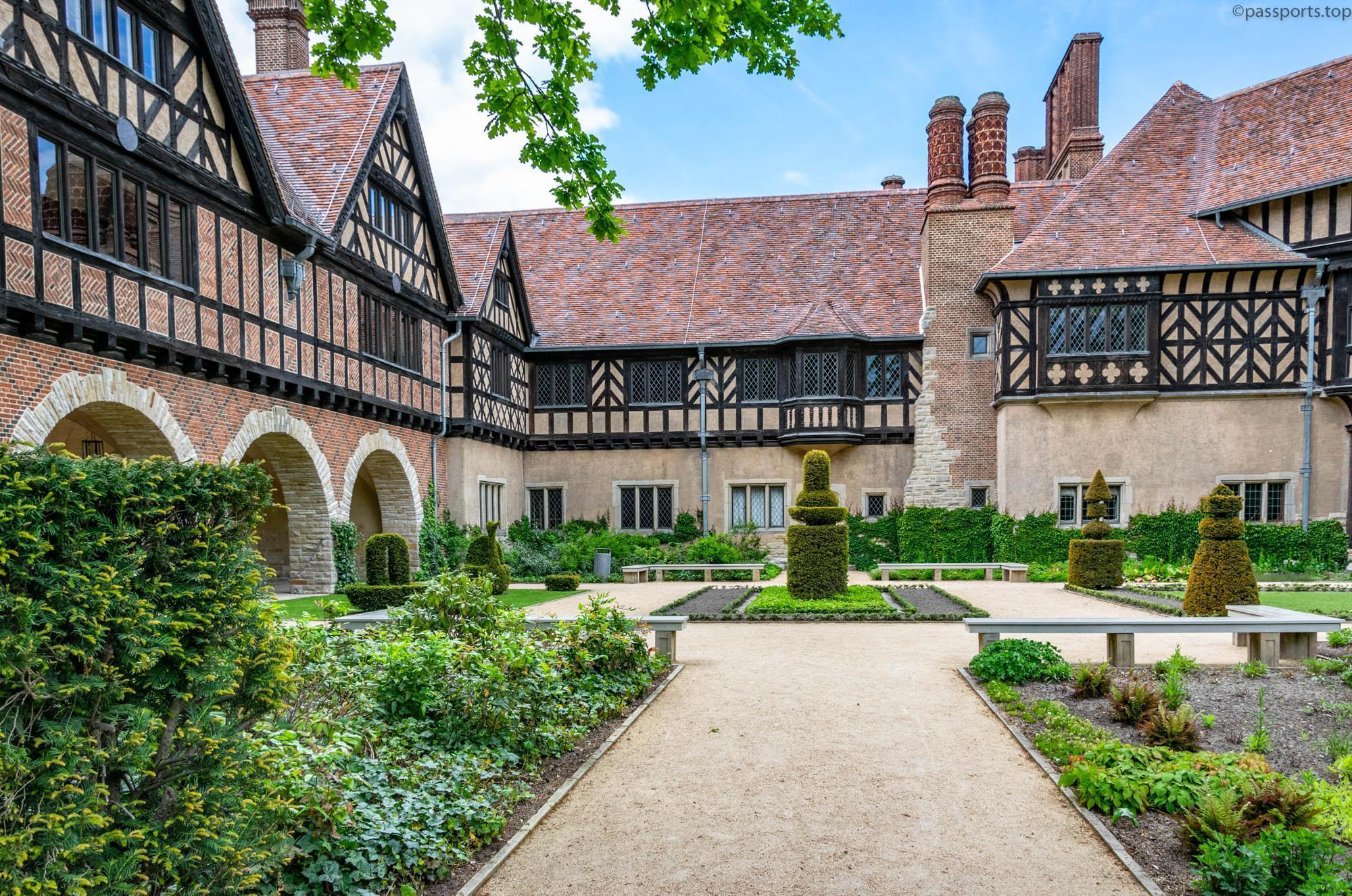
Between July 17 and August 2, 1945, the summit meeting of the victorious powers of the Second World War took place in the Great Hall of the Mansion, attended by American President Harry S. Truman, British Prime Minister Winston Churchill (followed by his successor, Clement Attlee) and the head of the Soviet state, Joseph Stalin.

The Potsdam Conference was one of the most important historical events of the 20th century, seen around the world as a symbol of the end of the Second World War and the beginning of the Cold War, which led to the division of Europe and the raising of the Berlin Wall. The price of a ticket varies between €8 and €19/person and can also be purchased online.
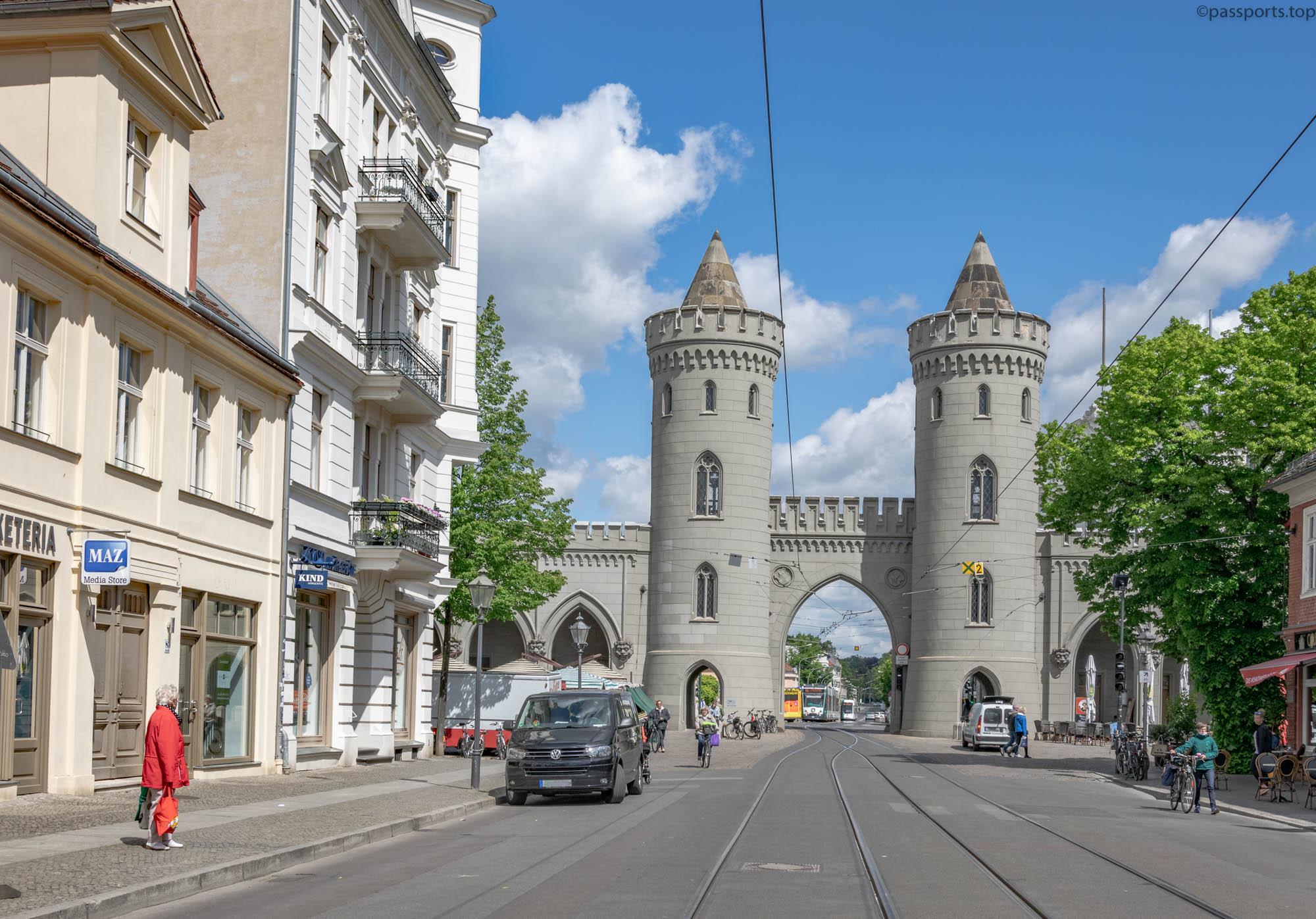
The Nauen Gate was built in 1755 and is the first example of the influence of English Gothic Revival architecture in Europe. Nauener Tor is located near the Dutch Quarter, and in front of it are cafes and restaurants, being a popular meeting point for the city’s residents.
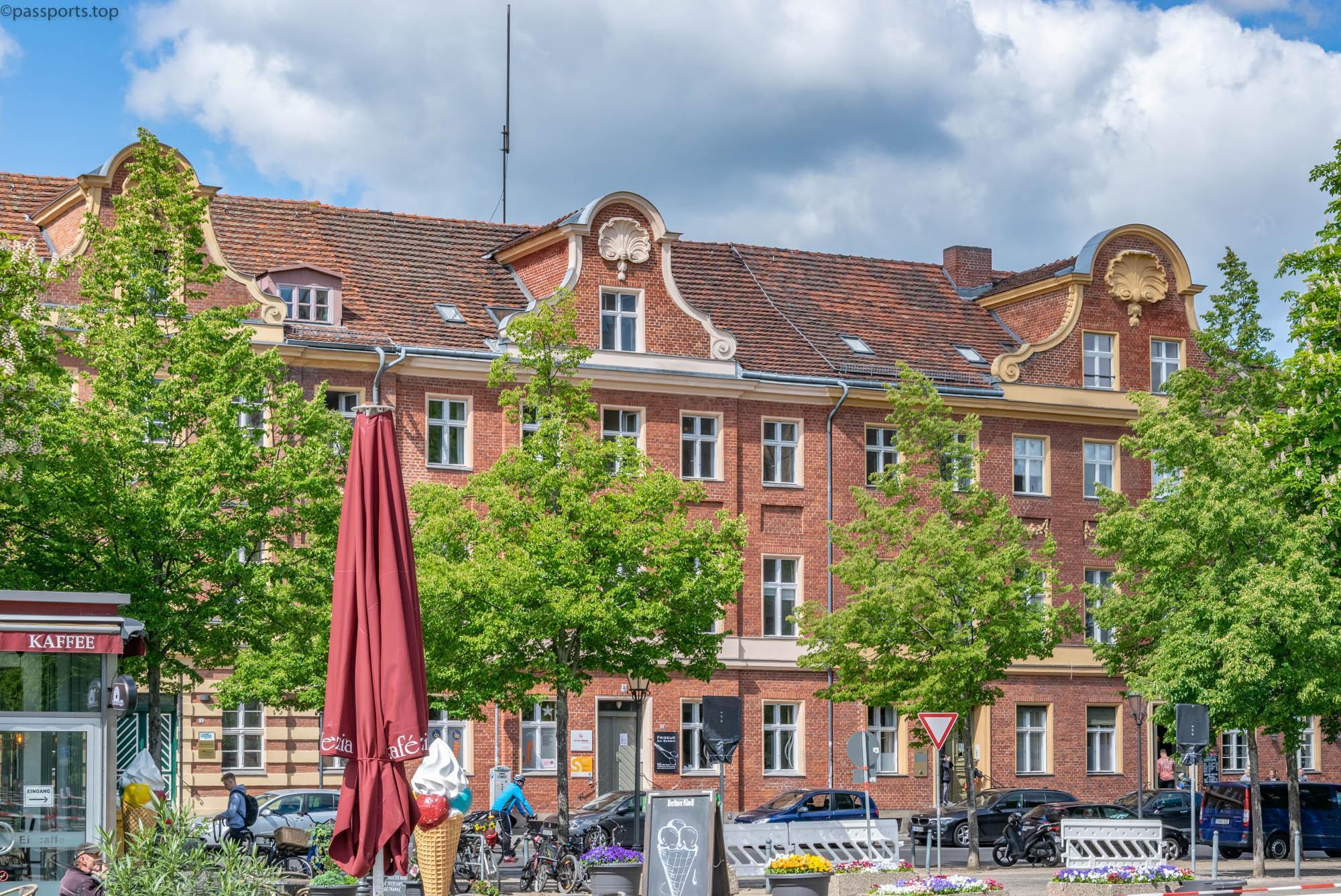
If you arrive in the country’s capital and have time, it’s worth a run to Potsdam. It’s a small city, but full of history and interesting attractions, plus it’s not as crowded as Berlin. I hope that I have piqued your curiosity about Potsdam, and on your next visit you will tick off some of the objectives presented by us.
(Potsdam – May 2020)

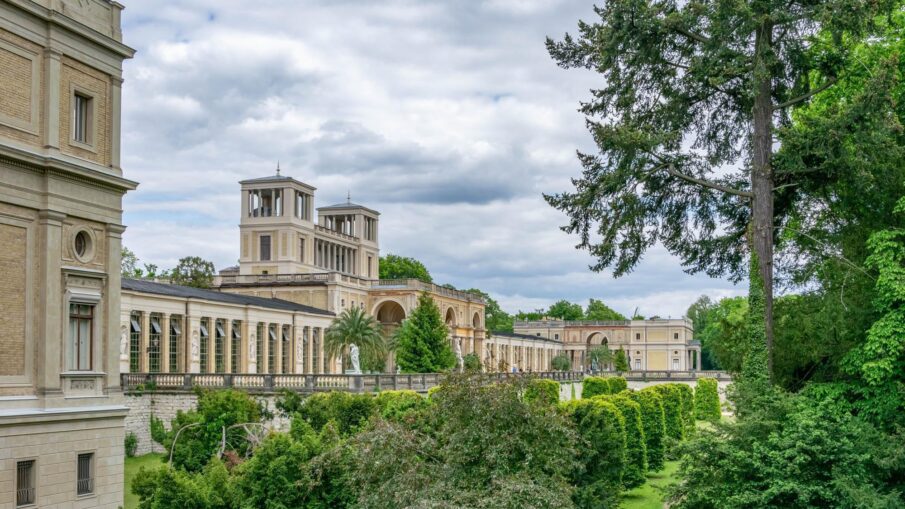
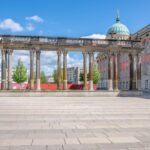
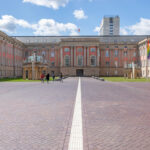
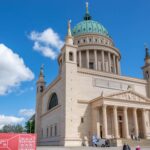
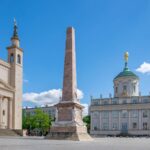
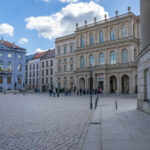
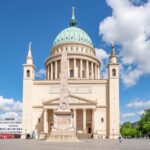
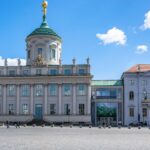
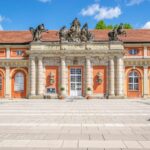
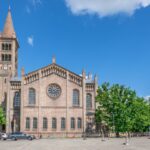
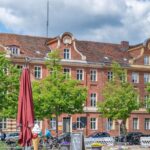
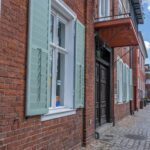
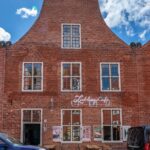
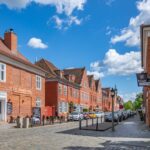
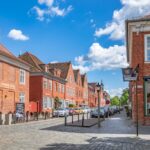
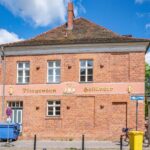
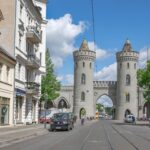
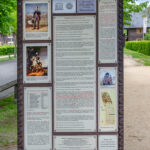
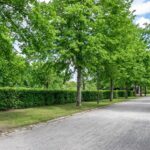
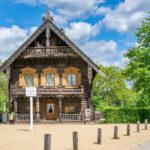
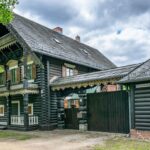
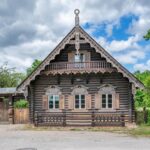
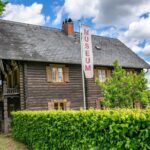
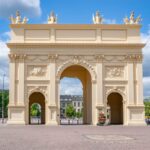
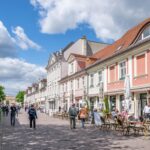
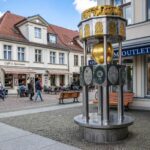
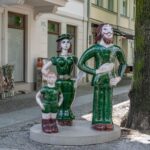
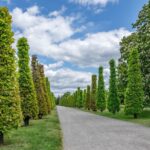
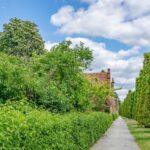
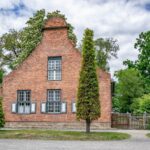
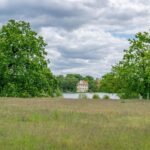
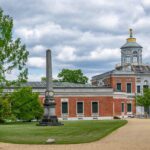
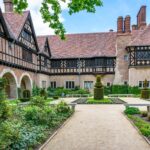
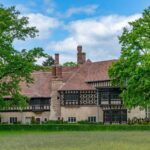
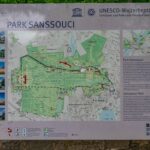
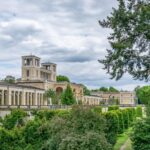
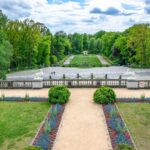
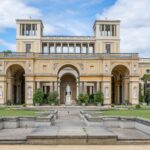
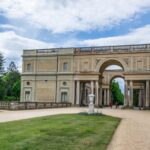
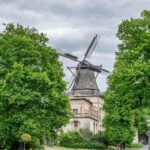
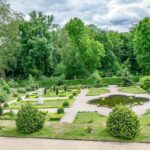
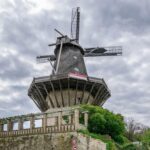
Leave a Reply